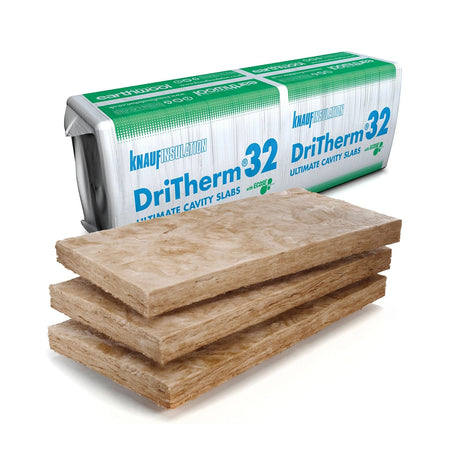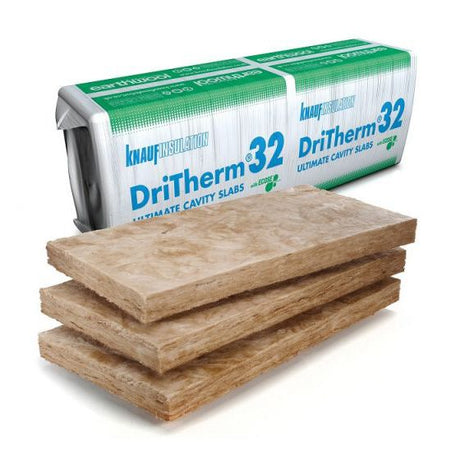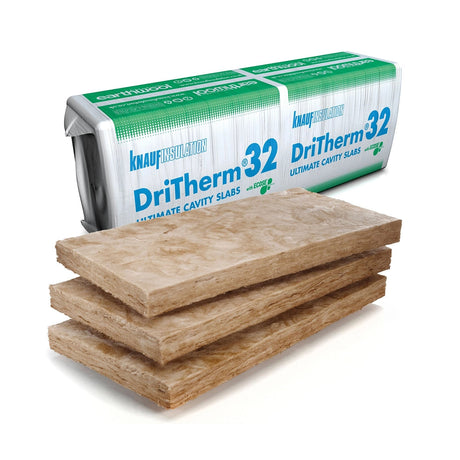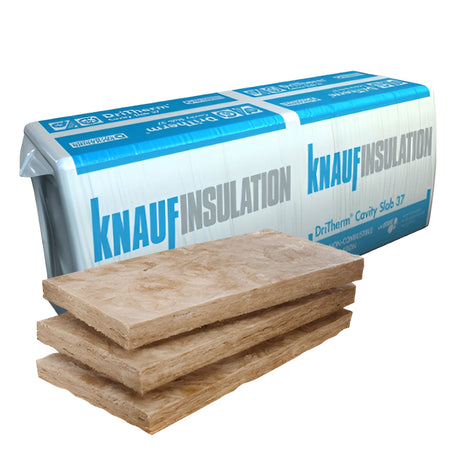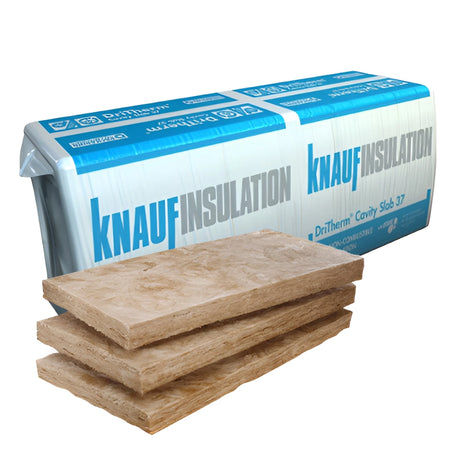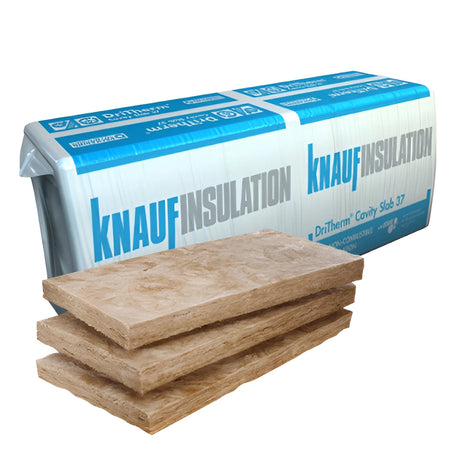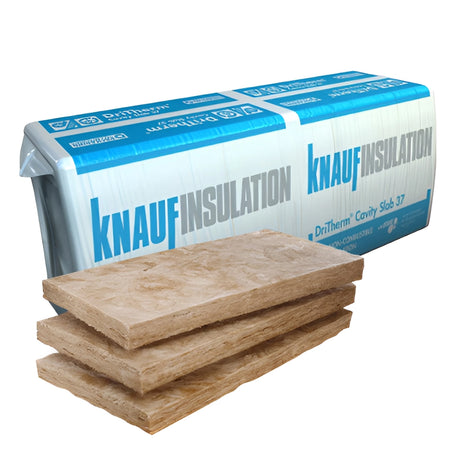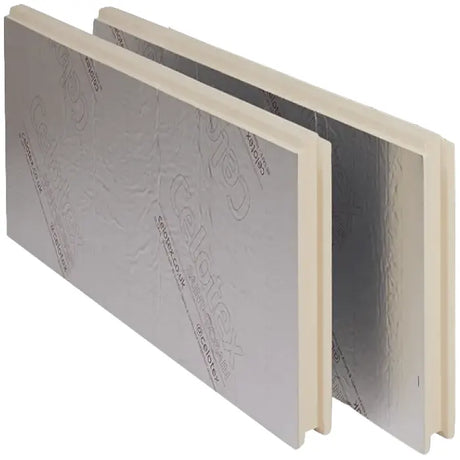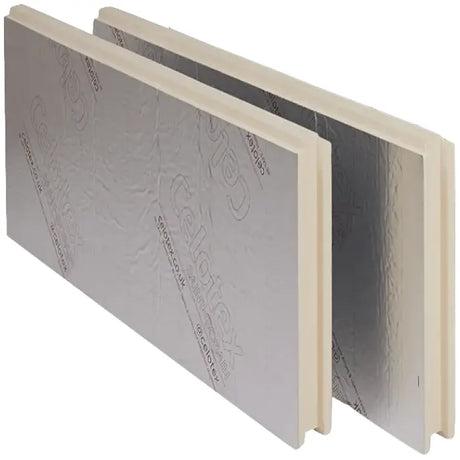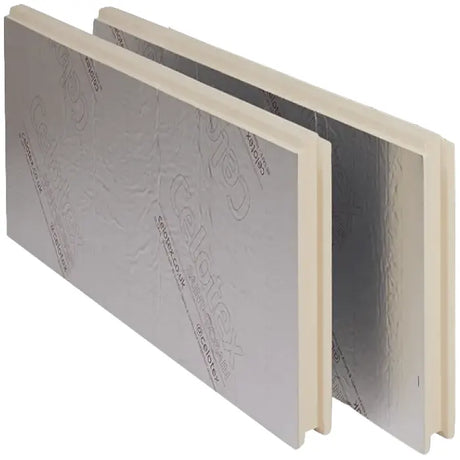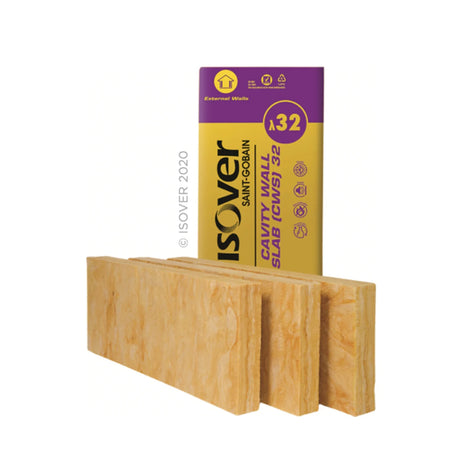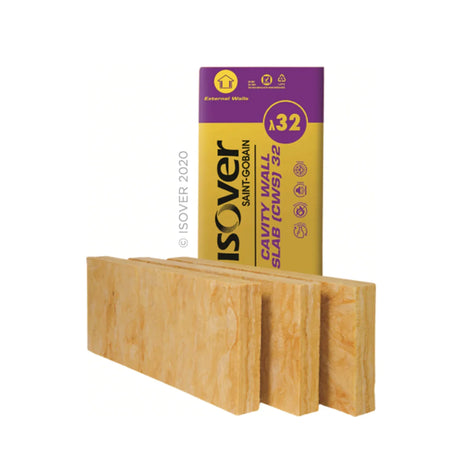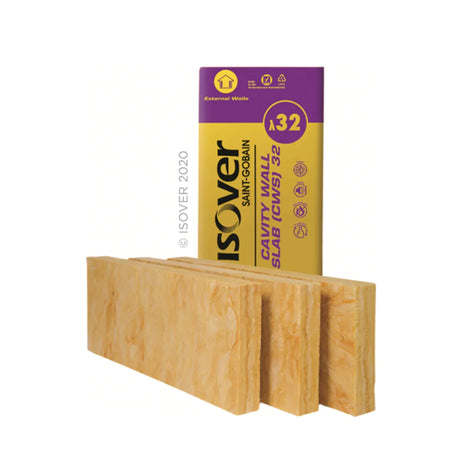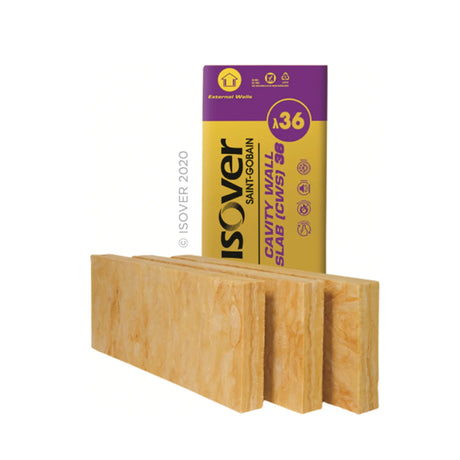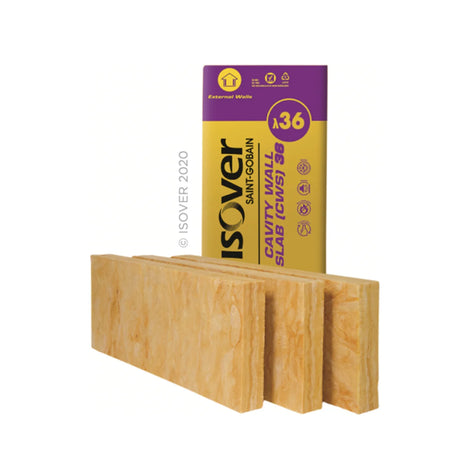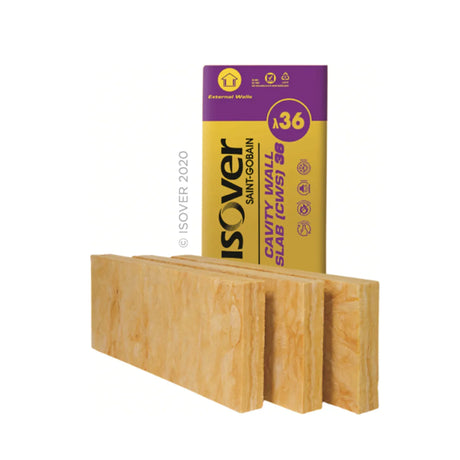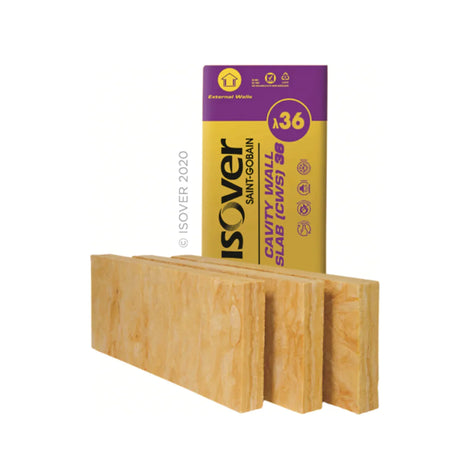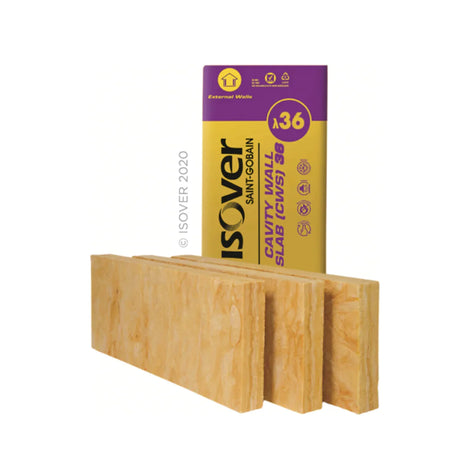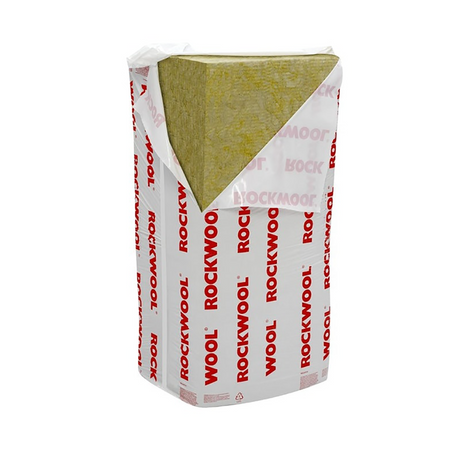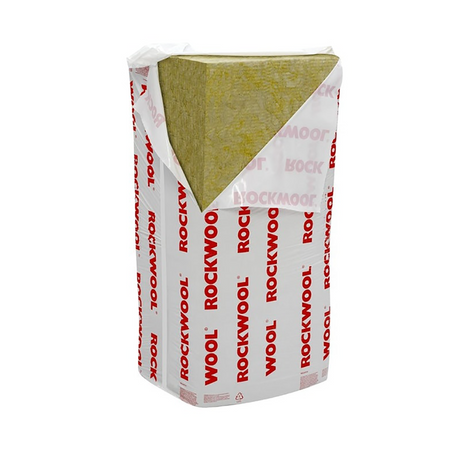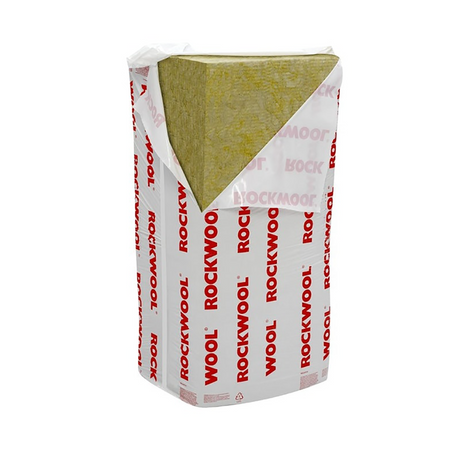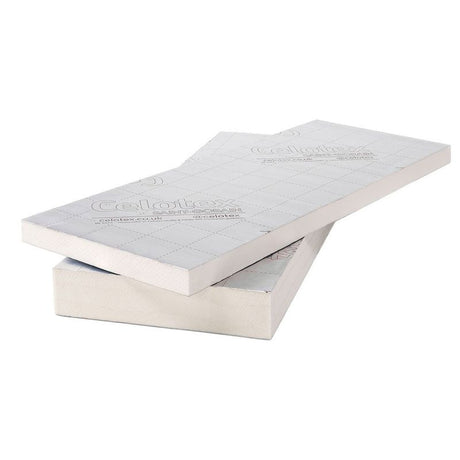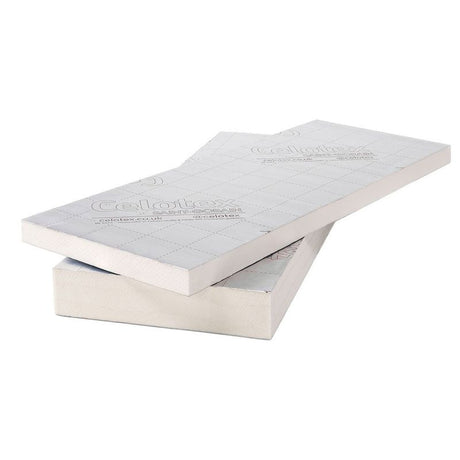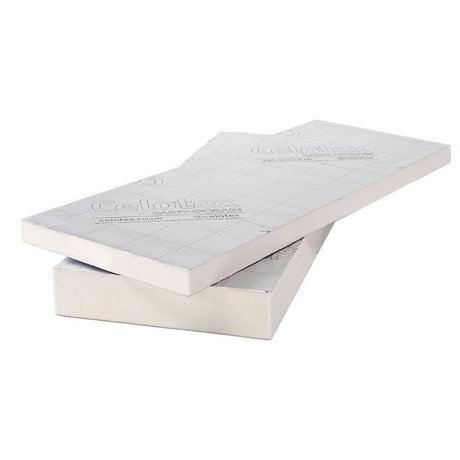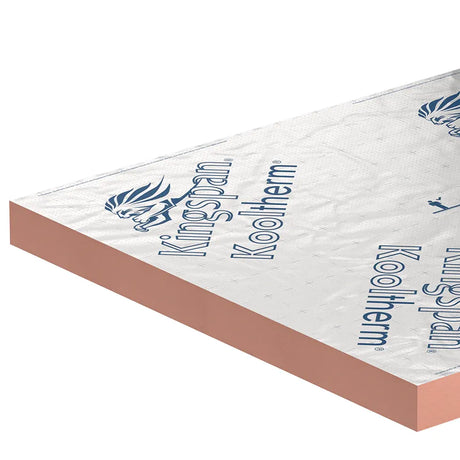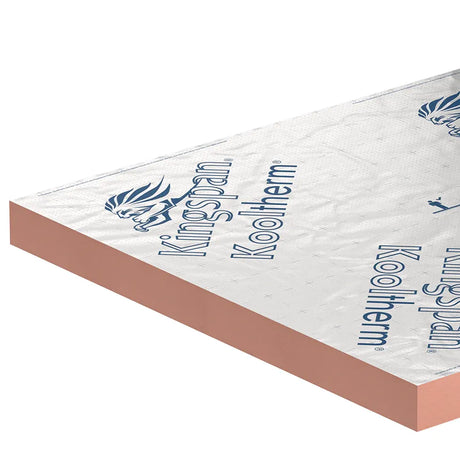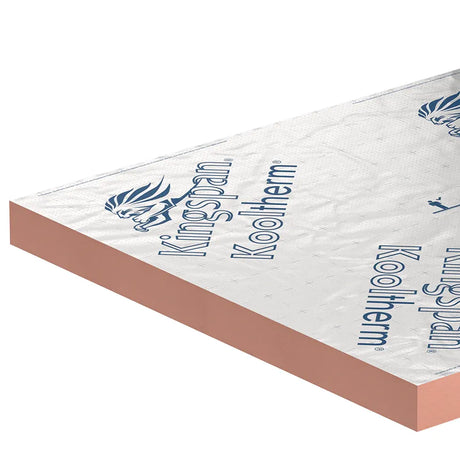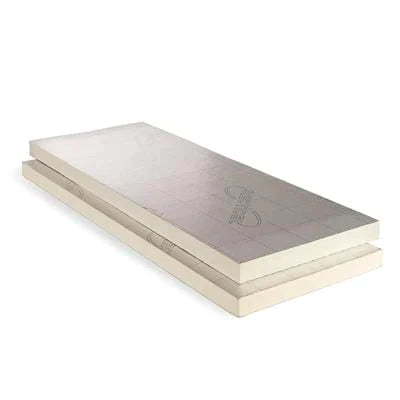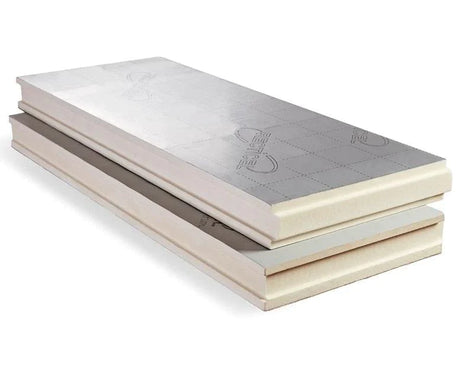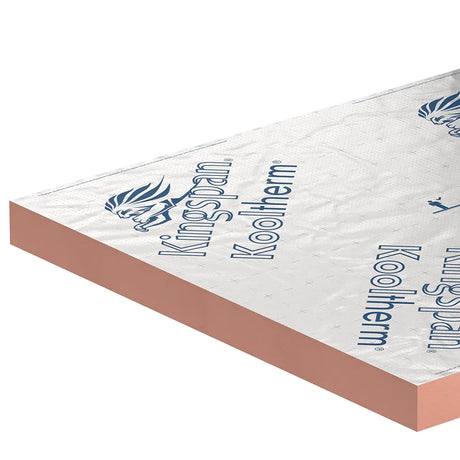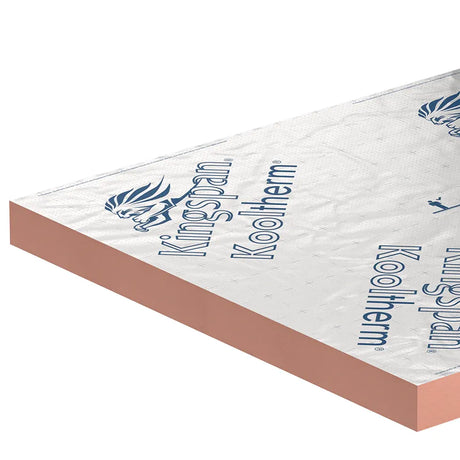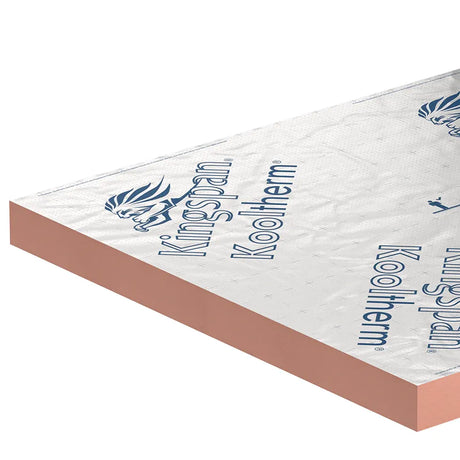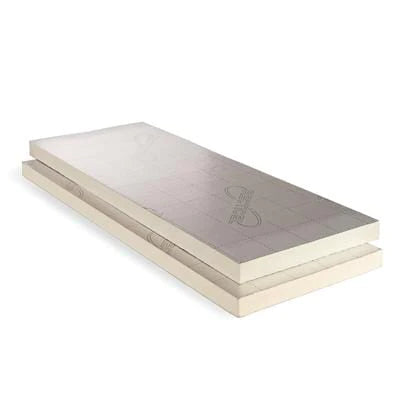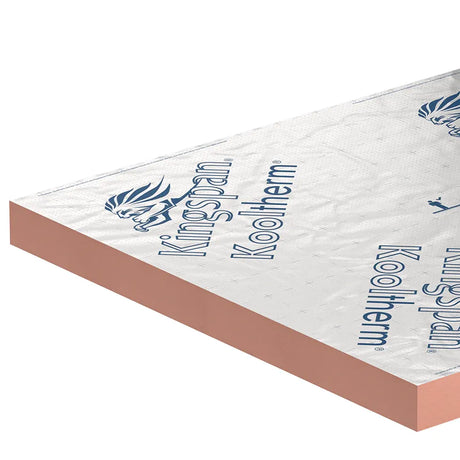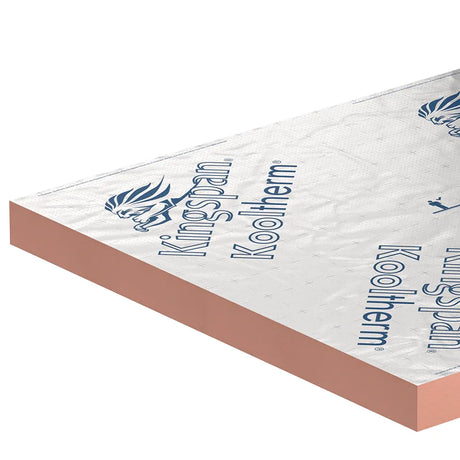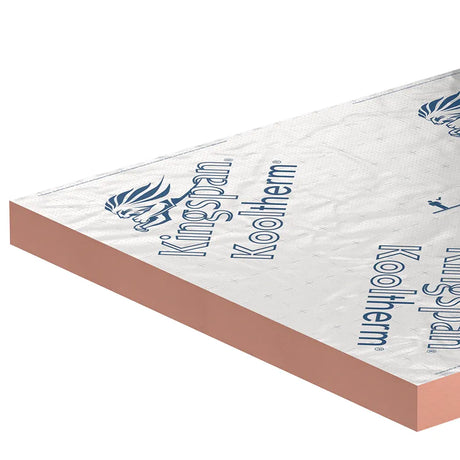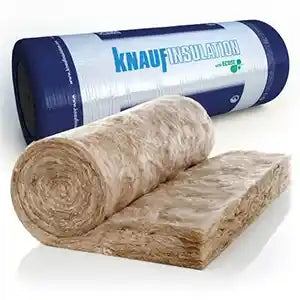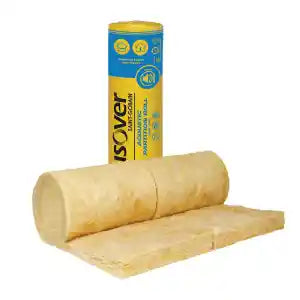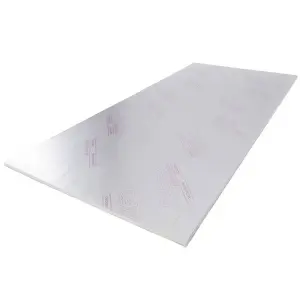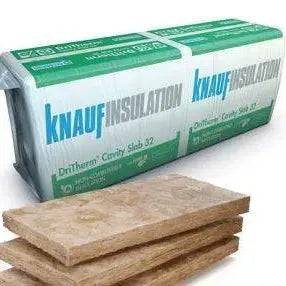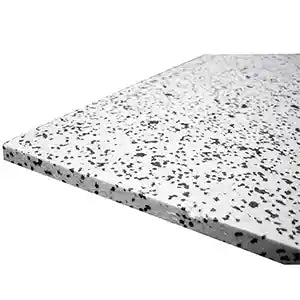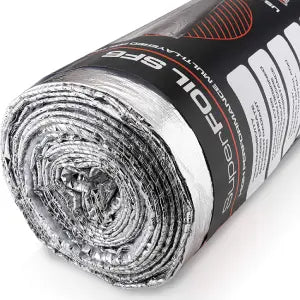Knauf
100mm Knauf Dritherm 32 Mineral Wool Cavity Wall Insulation - 3.28m² (6 Slabs/Pack)
£33.35 Ex VAT£40.02 Inc VATUnit price£0.00 Inc VAT/UnavailableKnauf
125mm Knauf Dritherm 32 Mineral Wool Cavity Wall Insulation - 2.18m² (4 Slabs/Pack)
£28.33 Ex VAT£34.00 Inc VATUnit price£0.00 Inc VAT/UnavailableKnauf
150mm Knauf Dritherm 32 Mineral Wool Cavity Wall Insulation - 2.18m² (4 Slabs/Pack)
£34.51 Ex VAT£41.41 Inc VATUnit price£0.00 Inc VAT/UnavailableKnauf
50mm Knauf Dritherm 37 Mineral Wool Cavity Wall Insulation - 6.55m² (12 Slabs/Pack)
£22.44 Ex VAT£26.93 Inc VATUnit price£0.00 Inc VAT/UnavailableKnauf
75mm Knauf Dritherm 37 Mineral Wool Cavity Wall Insulation - 4.37m² (8 Slabs/Pack)
£17.40 Ex VAT£20.88 Inc VATUnit price£0.00 Inc VAT/UnavailableKnauf
85mm Knauf Dritherm 37 Mineral Wool Cavity Wall Insulation - 4.37m² (8 Slabs/Pack)
£19.62 Ex VAT£23.54 Inc VATUnit price£0.00 Inc VAT/UnavailableKnauf
100mm Knauf Dritherm 37 Mineral Wool Cavity Wall Insulation - 6.55m² (12 Slabs/Pack)
£33.83 Ex VAT£40.60 Inc VATUnit price£0.00 Inc VAT/UnavailableCelotex
4 Boards x 140mm Celotex Thermaclass Cavity Wall 21 Insulation - 1190mm x 450mm
£84.88 Ex VAT£101.86 Inc VATUnit price£0.00 Inc VAT/UnavailableCelotex
5 Boards x 115mm Celotex Thermaclass Cavity Wall 21 Insulation - 1190mm x 450mm
£85.40 Ex VAT£102.48 Inc VATUnit price£0.00 Inc VAT/UnavailableCelotex
6 Boards x 90mm Celotex Thermaclass Cavity Wall 21 Insulation - 1190mm x 450mm
£78.61 Ex VAT£94.33 Inc VATUnit price£0.00 Inc VAT/UnavailableKnauf
100mm Knauf Dritherm 32 Mineral Wool Cavity Wall Insulation - 20 Packs (65.6m²) (6 Slabs/Pack)
£650.00 Ex VAT£667.00£780.00 Inc VAT£800.40Unit price£0.00 Inc VAT/UnavailableKnauf
100mm Knauf Dritherm 32 Mineral Wool Cavity Wall Insulation - 35 Packs (114.8m²) (6 Slabs/Pack)
£1,100.00 Ex VAT£1,167.25£1,320.00 Inc VAT£1,400.70Unit price£0.00 Inc VAT/UnavailableKnauf
125mm Knauf Dritherm 32 Mineral Wool Cavity Wall Insulation - 20 Packs (43.6m²) (4 Slabs/Pack)
£550.00 Ex VAT£566.60£660.00 Inc VAT£679.92Unit price£0.00 Inc VAT/UnavailableKnauf
125mm Knauf Dritherm 32 Mineral Wool Cavity Wall Insulation - 35 Packs (76.3m²) (4 Slabs/Pack)
£933.33 Ex VAT£991.55£1,120.00 Inc VAT£1,189.86Unit price£0.00 Inc VAT/UnavailableKnauf
150mm Knauf Dritherm 32 Mineral Wool Cavity Wall Insulation - 15 Packs (32.7m²) (4 Slabs/Pack)
£500.00 Ex VAT£517.65£600.00 Inc VAT£621.18Unit price£0.00 Inc VAT/UnavailableKnauf
150mm Knauf Dritherm 32 Mineral Wool Cavity Wall Insulation - 30 Packs (65.4m²) (4 Slabs/Pack)
£975.00 Ex VAT£1,035.30£1,170.00 Inc VAT£1,242.36Unit price£0.00 Inc VAT/UnavailableKnauf
50mm Knauf Dritherm 37 Mineral Wool Cavity Wall Insulation - 40 Packs (262m²) (12 Slabs/Pack)
£850.00 Ex VAT£897.60£1,020.00 Inc VAT£1,077.12Unit price£0.00 Inc VAT/UnavailableKnauf
75mm Knauf Dritherm 37 Mineral Wool Cavity Wall Insulation - 40 Packs (174.8m²) (8 Slabs/Pack)
£658.33 Ex VAT£696.00£790.00 Inc VAT£835.20Unit price£0.00 Inc VAT/UnavailableKnauf
85mm Knauf Dritherm 37 Mineral Wool Cavity Wall Insulation - 40 Packs (174.8m²) (8 Slabs/Pack)
£741.67 Ex VAT£784.80£890.00 Inc VAT£941.76Unit price£0.00 Inc VAT/UnavailableKnauf
100mm Knauf Dritherm 37 Mineral Wool Cavity Wall Insulation - 15 Packs (98.25m²) (12 Slabs/Pack)
£491.67 Ex VAT£507.45£590.00 Inc VAT£608.94Unit price£0.00 Inc VAT/UnavailableIsover
100mm Isover Cavity Wall System 32 - 3.28m² (6 Slabs/Pack)
£36.40 Ex VAT£43.68 Inc VATUnit price£0.00 Inc VAT/UnavailableIsover
125mm Isover Cavity Wall System 32 - 2.73m² (5 Slabs/Pack)
£30.41 Ex VAT£36.49 Inc VATUnit price£0.00 Inc VAT/UnavailableIsover
150mm Isover Cavity Wall System 32 - 2.18m² (4 Slabs/Pack)
£34.71 Ex VAT£41.65 Inc VATUnit price£0.00 Inc VAT/UnavailableIsover
50mm Isover Cavity Wall System 36 - 10.92m² (20 Slabs/Pack)
£41.31 Ex VAT£49.57 Inc VATUnit price£0.00 Inc VAT/UnavailableIsover
75mm Isover Cavity Wall System 36 - 8.74m² (16 Slabs/Pack)
£37.90 Ex VAT£45.48 Inc VATUnit price£0.00 Inc VAT/UnavailableIsover
85mm Isover Cavity Wall System 36 - 6.55m² (12 Slabs/Pack)
£31.93 Ex VAT£38.32 Inc VATUnit price£0.00 Inc VAT/UnavailableIsover
100mm Isover Cavity Wall System 36 - 6.55m² (6 Slabs/Pack)
£35.42 Ex VAT£42.50 Inc VATUnit price£0.00 Inc VAT/UnavailableIsover
150mm Isover Cavity Wall System 36 - 3.28m² (6 Slabs/Pack)
£25.86 Ex VAT£31.03 Inc VATUnit price£0.00 Inc VAT/UnavailableRockwool
50mm Rockwool RWA45 Acoustic Insulation Slab 1200mm x 600mm - 6.48m²
£29.02 Ex VAT£34.82 Inc VATUnit price£0.00 Inc VAT/UnavailableRockwool
75mm Rockwool RWA45 Acoustic Insulation Slab 1200mm x 600mm - 4.32m²
£29.12 Ex VAT£34.94 Inc VATUnit price£0.00 Inc VAT/UnavailableRockwool
100mm Rockwool RWA45 Acoustic Insulation Slab 1200mm x 600mm - 2.88m²
£26.01 Ex VAT£31.21 Inc VATUnit price£0.00 Inc VAT/UnavailableCelotex
50mm Celotex CW4050 Cavity Insulation - 1200mm x 450mm - 11 Boards
£46.36 Ex VAT£55.63 Inc VATUnit price£0.00 Inc VAT/UnavailableCelotex
75mm Celotex CW4075 Cavity Insulation - 1200mm x 450mm - 8 Boards
£45.63 Ex VAT£54.76 Inc VATUnit price£0.00 Inc VAT/UnavailableCelotex
100mm Celotex CW4100 Cavity Insulation - 1200mm x 450mm - 6 Boards
£43.97 Ex VAT£52.76 Inc VATUnit price£0.00 Inc VAT/UnavailableKingspan
100mm Kingspan Kooltherm K108 Partial Fill Cavity Insulation - 1200mm x 450mm
£23.16 Ex VAT£27.79 Inc VATUnit price£0.00 Inc VAT/UnavailableKingspan
100mm Kingspan Kooltherm K108 Partial Fill Cavity Insulation x 25 Boards - 1200mm x 450mm
£578.95 Ex VAT£694.74 Inc VATUnit price£0.00 Inc VAT/UnavailableKingspan
100mm Kingspan Kooltherm K108 Partial Fill Cavity Insulation x 5 Boards - 1200mm x 450mm
£115.11 Ex VAT£138.13 Inc VATUnit price£0.00 Inc VAT/UnavailableRecticel
100mm Recticel Eurowall Cavity Wall Insulation Board 1200mm x 450mm - 6 Boards
£51.16 Ex VAT£61.39 Inc VATUnit price£0.00 Inc VAT/UnavailableRecticel
115mm Recticel Eurowall Plus Full Fill Cavity Insulation Board - 8 Boards
£98.29 Ex VAT£117.95 Inc VATUnit price£0.00 Inc VAT/UnavailableRecticel
140mm Recticel Eurowall Plus Full Fill Cavity Insulation Board - 6 Boards
£109.42 Ex VAT£131.30 Inc VATUnit price£0.00 Inc VAT/UnavailableKingspan
50mm Kingspan Kooltherm K108 Partial Fill Cavity Insulation -1200mm x 450mm
£11.72 Ex VAT£14.06 Inc VATUnit price£0.00 Inc VAT/UnavailableKingspan
50mm Kingspan Kooltherm K108 Partial Fill Cavity Insulation x 10 Boards - 1200mm x 450mm
£116.49 Ex VAT£139.79 Inc VATUnit price£0.00 Inc VAT/UnavailableKingspan
50mm Kingspan Kooltherm K108 Partial Fill Cavity Insulation x 30 Boards - 1200mm x 450mm
£351.45 Ex VAT£421.74 Inc VATUnit price£0.00 Inc VAT/UnavailableRecticel
50mm Recticel Eurowall Cavity Wall Insulation Board 1200mm x 450mm - 6 Boards
£29.52 Ex VAT£35.42 Inc VATUnit price£0.00 Inc VAT/UnavailableKingspan
75mm Kingspan Kooltherm K108 Partial Fill Cavity Insulation - 1200mm x 450mm
£17.44 Ex VAT£20.93 Inc VATUnit price£0.00 Inc VAT/UnavailableKingspan
75mm Kingspan Kooltherm K108 Partial Fill Cavity Insulation x 30 Boards - 1200mm x 450mm
£523.27 Ex VAT£627.92 Inc VATUnit price£0.00 Inc VAT/UnavailableKingspan
75mm Kingspan Kooltherm K108 Partial Fill Cavity Insulation x 6 Boards - 1200mm x 450mm
£104.02 Ex VAT£124.82 Inc VATUnit price£0.00 Inc VAT/UnavailableRecticel
75mm Recticel Eurowall Cavity Wall Insulation Board 1200mm x 450mm - 6 Boards
£41.71 Ex VAT£50.05 Inc VATUnit price£0.00 Inc VAT/Unavailable

